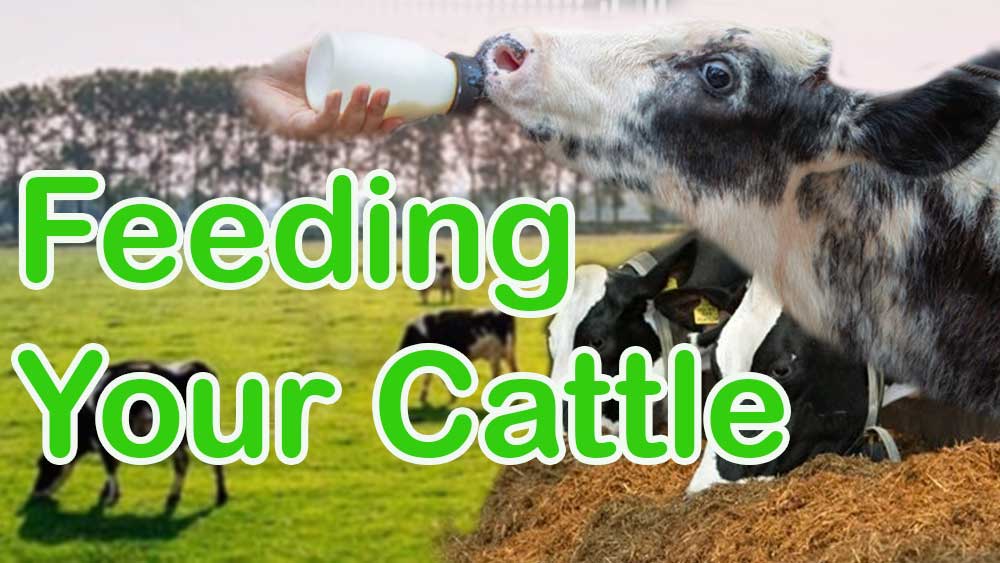When rearing cattle, feeding them with proper and nutritious feed is a must if you want to have a better milk yield as well a carcass yield. Here we are going to focus mainly on feeding the dairy cows.
The feeding practices of cows differ from their age or their physiological stage. The feed must give according to their life stage. There are several reproductive stages the cows undergo from their birth. These stages are: calf, heifer, cow and dry cow. When feeding the cow should focus on their reproductive stage. We will take a look at each and every stage and the feed given briefly through this post.
There are mainly two types of feed use to feed the cows. They are concentrates and the roughages.
Concentrates: these contain higher amount of energy and all the other needed nutrients including fat. Most of the time these concentrates are produced from the cereal grains.
Roughages: these are the forage and the pasture that use to feed the cattle. Hay and silage also come under this category.
Calf feeding
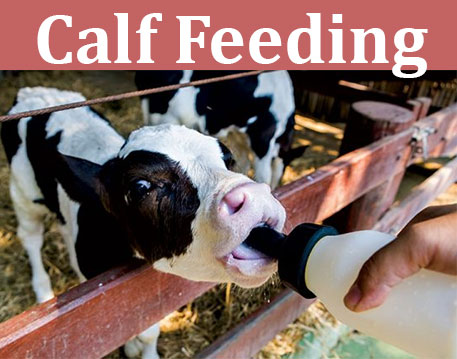
Calves are the following stock for the replacement of the herd. They must ready to give birth to younger ones at the proper age. So, care must be taken to provide a healthy and a nutritious feed for the calves. Then only you can promise a higher income in the future.
The calves should feed with the colostrum definitely. Colostrum is the first secretion from the mammary glands of the mother cow. The composition of the colostrum is different than the whole milk. The needed nutrients by the calves are providing through this colostrum.
Within 1 to 2 hours from the birth (maximum<6 hours) the calf should feed with the colostrum. The feed quantity should be 10% of the birth weight. It contains many nutrients needed by the calves. Proteins, vitamins, minerals, immunoglobulins are some of the nutrients available there. And this is easily digestible feed.
After the colostrum feeding the calf can feed naturally using the mother (dam) or a foster mother. This is the easiest way to feed the calf.
But you can feed the calf artificially too. For that can use a bottle with a teat or a bucket. The whole milk or skim milk can feed like this. The milk should be with a temperature similar to the body temperature.
The calf should feed twice per day and the quantity should be 8-10% of the body weight.
After weaning the calf, you can feed them with concentrates or hay or grass.
Heifer feeding
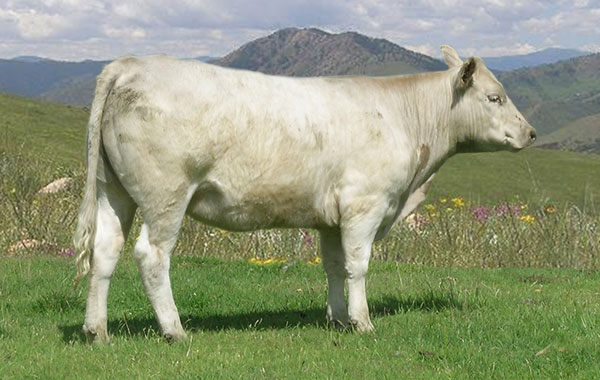
A female calf less than 30 months before giving birth to a calf is called a heifer. The heifer feeding is also important because she has to bear a calf after 30 months. Should provide nutrient rich feed to reach the breeding weight.
Good quality roughages and concentrates should provide in adequate amount. If you underfeed the heifer will show slow growth, take a long time to reach puberty and breeding weight and make it difficult to detect heat signs.
Cow feeding
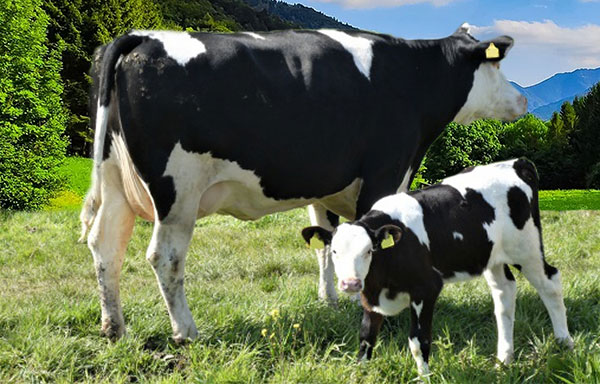
The cattle after the age 30 months ready to give birth to a calf is called a cow. Taking care on the feeding of the cow is very essential in this stage. If a cow is too thin milk production reduces and subjects to metabolic diseases too easily. If the cow is too fat then complications are occurring at calving. Reduce milk productions and more likely to have metabolic disorders.
There is a common rule when feeding the cow.
10% of its live weight if feed using fresh matter
2.5 – 3% its live weight if feed using dry matter
1 Kg for maintenance of the cow and 0.5 Kg for each liter of milk from the body weight (first 4 L – free)
Dry cow feeding
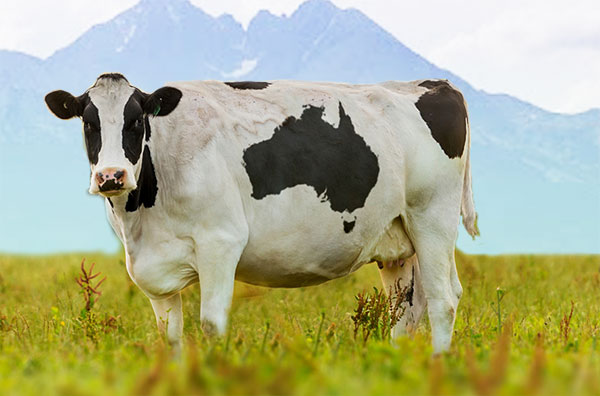
Cow after giving birth to a calf and the 60 days before the next calving is called a dry cow. This is a very important stage as chance is given to replenish the mammary glands. In here you have to avoid the concentrates and reduce the feed amount offering.
